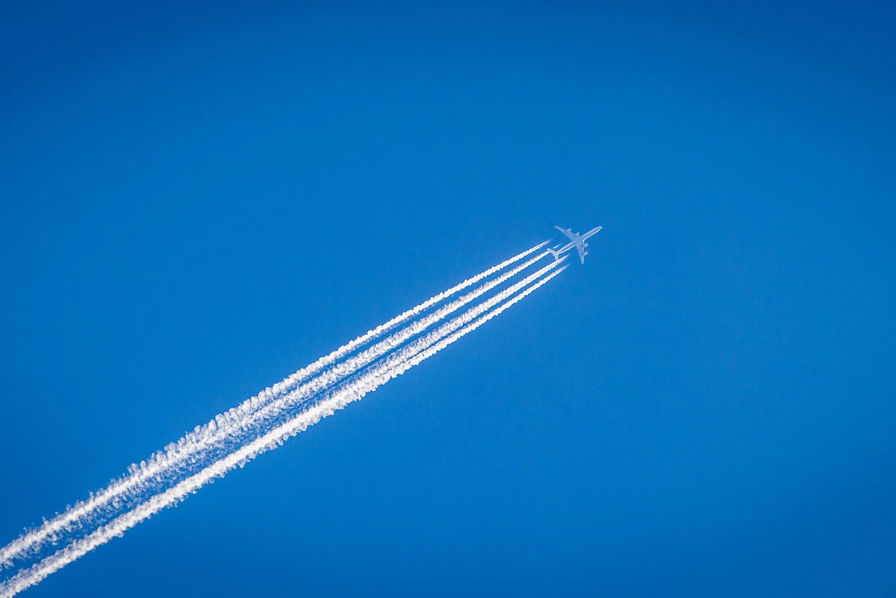News

Decarbonization of air transport
With the Covid-19 pandemic, air transport is experiencing a deep and lasting crisis, the consequences of which will be felt well into the next decade. At the same time, the climate emergency is becoming more pressing, as highlighted in the latest IPCC report1 , published in August 2021, and reducing the climate impact of the aviation sector is now the top priority for the aviation industry, which will play its full part in meeting the objectives of the Paris Agreement.
Technological and operational progress has enabled a halving of fuel consumption and therefore of CO2 emissions per passenger per kilometer over the last thirty years. The latest generation of aircraft and engines consume between 2 and 3 liters per 100 km per passenger, and even less than 2 liters on certain types of flight. For all its aircraft delivered in 2019, Airbus has calculated a footprint of 66.6 g of CO2/passenger/km. These figures show the R&D efforts already made. But in the face of climate change, we need to go further and develop a low-carbon air transport system based on major technological breakthroughs.
Forecasting studies on decarbonization of air transport, which are often quite complex to analyze and compare, are receiving increasing media attention and are taking place against a backdrop of a proliferation of political announcements on increasingly ambitious carbon targets (Paris Agreement, National Low-Carbon Strategy (NLCS), European Green Deal, etc.), in particular the "zero net emissions" objectives announced by the EU for 2050.
It therefore seemed essential for Corac (Council for Civil Aeronautics Research) to provide a well-founded and didactic analysis of the evolution of CO2 emissions from aviation, based on independent and referenced studies. This forward-looking analysis is based on simulations of different decarbonization trajectories, developed over the past year by Onera as part of Corac. The aim is to demonstrate, on the relevant geographical scale, i.e. worldwide, how CO2 emissions from aviation could evolve under different scenarios concerning traffic levels, technologies, operations, incorporation of sustainable fuels, etc., over the next few decades, by comparing them to the relevant CO2 targets in 2050. This approach is in essence evolutionary, intended to accompany Corac's research strategy by providing its private and public stakeholders with a tool to assess the relevance and effectiveness of technological, operational and energy solutions, and their implementation schedule.
A complementary analysis is proposed for France in the appendix of this report.
To read the report (in French): click HERE.
 1
1















3 Comments
Log in to post comment. Log in.